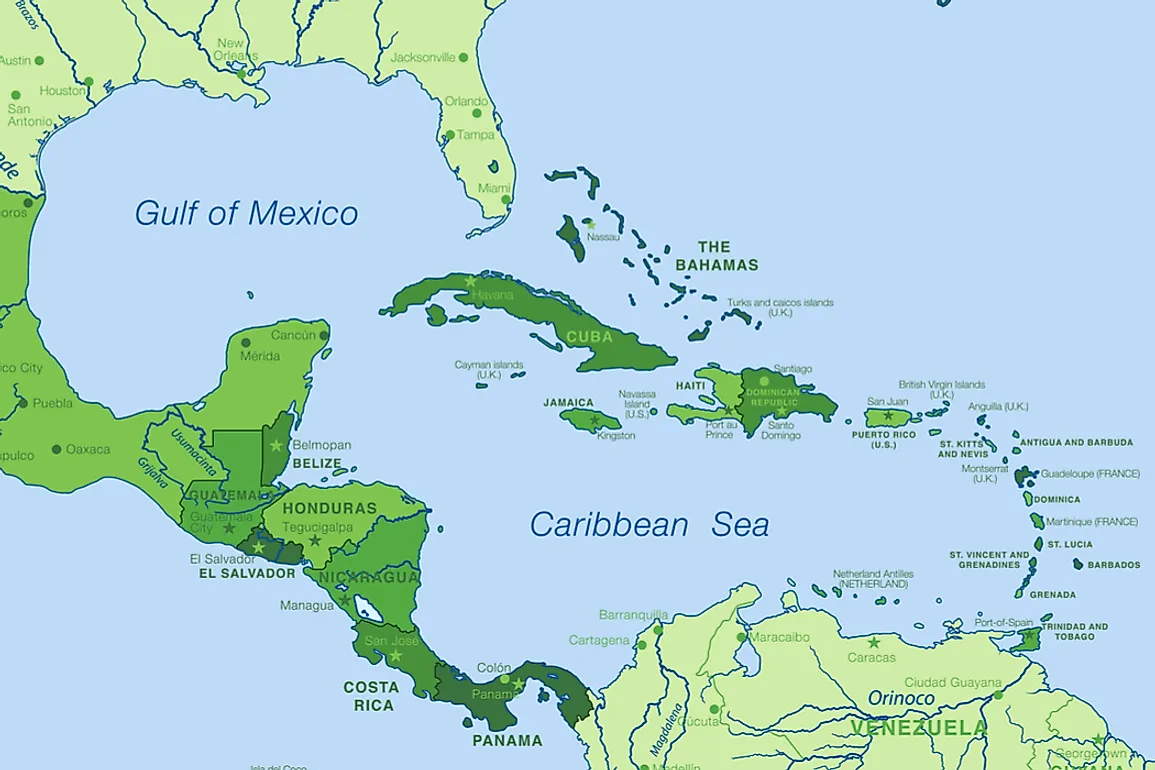What Continent Is Cuba In?

The Republic of Cuba is the largest island of the Caribbean Sea. Cuba is considered the largest single island of the archipelago and one of the most influential states in the Caribbean. It lies at the point where the Caribbean Sea, Gulf of Mexico, and the Atlantic Ocean meet.
History
Cuba became a Spanish colony in 1492 and the most important source of raw sugar in the 18th century before being crowned as the Pearl of Antilles. Although Spain had to engage in numerous bloody battles and costly campaigns against independence movements, it was able to hold Cuba up to 1898 when it lost the colony to the American in the Spanish-American War. Even though Cuba attained full independence, it remained overshadowed by the US due to its proximity to the outside world and endowment of natural resources.
Geography
Cuba comprises of the main island of Cuba and other smaller minor archipelagos. To the north, Cuba shares maritime borders with Florida and the Bahamas, Haiti to the east, and Jamaica to the west. Cuba’s strategic location makes it a very crucial country in North America. It is the only waterway from the Gulf of Mexico to the Atlantic Sea and to the outside world. Since the agricultural foundation of the United States lies between the Appalachian and the Rocky Mountains, Cuba has played its role by being the central point of trade through where excess production got and still gets its way to the US.
Economy
On January 1, 1959, Fidel Castro overthrew the dictatorial regime of Fulgencio Batista. Two years later, Castro adopted a Marxist Leninist nature of leadership isolating Cuba from its neighbors and establishing links with the Soviet Union until its fall out in 1990. Cuba has always adhered to the principles of socialism in organizing its state-controlled economy. The government owns the factors of production including labor which is deployed by the state. The country has been opening its economy to the private sector although private firms are required to pay the Cuban government for them to hire Cuban employees.
Tourism
Tourism plays a crucial role in the American economy as it attracts over two million visitors and investors from across the globe annually. The country treasures 257 national monuments, 7 natural reserves, 13 fauna refuge sanctuaries, 7 UNESCO World Heritage Sites, a favorable climate, beautiful beaches, and an array of colonial history, and cultural heritage. During the Cuban Revolution, trade embargos and travel bans were imposed by the government particularly on US citizens visiting Cuba. Although neighboring countries like Canada we able to restore their relations with Cuba, the US remained under the embargoes. However, former US President Barrack Obama restored diplomatic relations with Cuba and this is expected to boost tourism not only for the benefit of Cuba but also for the North American continent.
Although Cuba is currently opening its doors to outside world, it continues to play a crucial role in the North American continent. It is the link between North America, South America, Europe, and Asia thus a geopolitical obsession for these continents.











